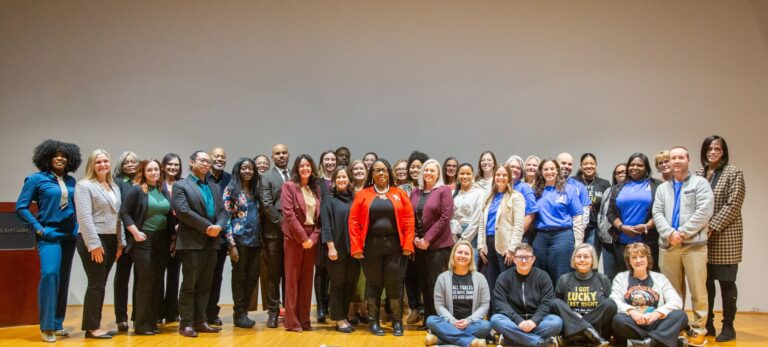By Nora OBrien-Suric, Ph.D.
President

Creating better community health is complex work. But here in Western New York, we’re hoping that focusing on a simple set of numbers—3-4-50—will make a real difference for the people in our region. 3-4-50 is an evidence-based framework that serves as the model for Live Well WNY, a multi-sector initiative that will work to reduce chronic disease in our region.
3-4-50 is a community health improvement strategy, developed by a UK-based group called the Oxford Health Alliance. It’s based on evidence from the World Health Organization that three health behaviors elevate risk for four chronic conditions that together cause more than fifty percent of deaths in many places around the world and in the United States.
That is, an unhealthy diet, sedentary lifestyle and tobacco use (three health behaviors) raise the risk of cardiovascular disease, cancer, chronic lower respiratory disease and diabetes (four common chronic conditions). And these four conditions cause at least 50% of premature deaths in many American communities.
Places as diverse as San Diego County in California, Allegheny County in Pennsylvania and the entire state of Vermont are all pursuing 3-4-50 strategies. To put the approach in place, a broad cross section of community members come together, develop shared metrics and best practices and move communities in a healthier direction. The work connects existing efforts to change individual behavior with community-wide interventions that seek to make the right health choices, the easy choices.
3-4-50 efforts have developed promising momentum. In Vermont, for example, the Department of Health is driving the 3-4-50 work. It’s partnering with cities and towns that adapt standards for physical activity, walking and biking, access to public transportation and healthy food. Schools and faith-based communities have joined the effort to promote better health behaviors, and businesses compete for worksite wellness awards. A digital scorecard charts annual progress on core outcomes and associated indicators county by county and across the state.
The Foundation (or we) recently made a $121,825 grant to the Population Health Collaborative (PHC) for the planning and development of a 3-4-50 initiative to address chronic disease in the eight-county region of Western New York. PHC, which has a strong track record of these kinds of collective efforts, will develop a diverse coalition of stakeholders to get this important work started.
Recently, 3-4-50 came up in a conversation with Sylvia Pirani, who is Director of the Office of Public Health Practice at the NYS Department of Health. We were discussing the Foundation’s interest in Governor Cuomo’s Health Across All Policies (HAAP) initiative. The 3-4-50 work is a nice complement to this effort, and Ms. Pirani noted that it was right in line with the Foundation’s concern for the health of older people, who suffer most from the four chronic conditions in the 3-4-50 Framework.
She’s right. Rates of cardiovascular disease, cancer, chronic lower respiratory disease and diabetes all increase as we age.
It is also true that if we truly want to change dietary and exercise habits, and we want to reduce the number of people who smoke, we can’t wait until people are eligible for Medicare. We need to focus on children and young adults. Given the high rates of child and adolescent obesity (18.5% of 2-19 year olds are obese according to the CDC), we need to ensure that families have access to nutritional and affordable food choices in the communities in which they live. We should encourage community design that supports spaces for play, and policies and programs that promote physical activity. And we must expand use of tobacco cessation services and support evidence-based tobacco control policies.
It is these small changes that we can instill in our children at an early age and that lead to healthy habits that last a lifetime. It is these long-term behaviors that enable more of us to become healthier older people, that enable our communities to have much lower rates of chronic conditions and that enable all of us to have the best chance possible to live long, full and healthy lives.
This “both/and” perspective—focusing on both the health of children and older adults— is so central to the Health Foundation’s mission and work, and it is a perspective that can help all of us in Western New York to come together and make 3-4-50 a success.



